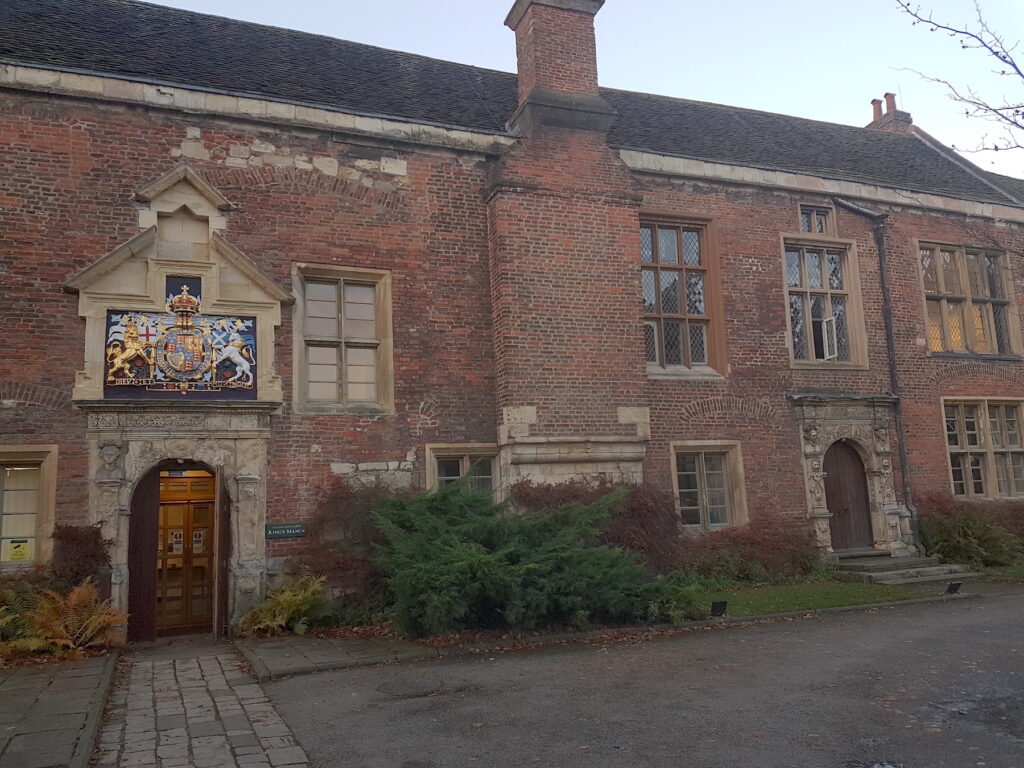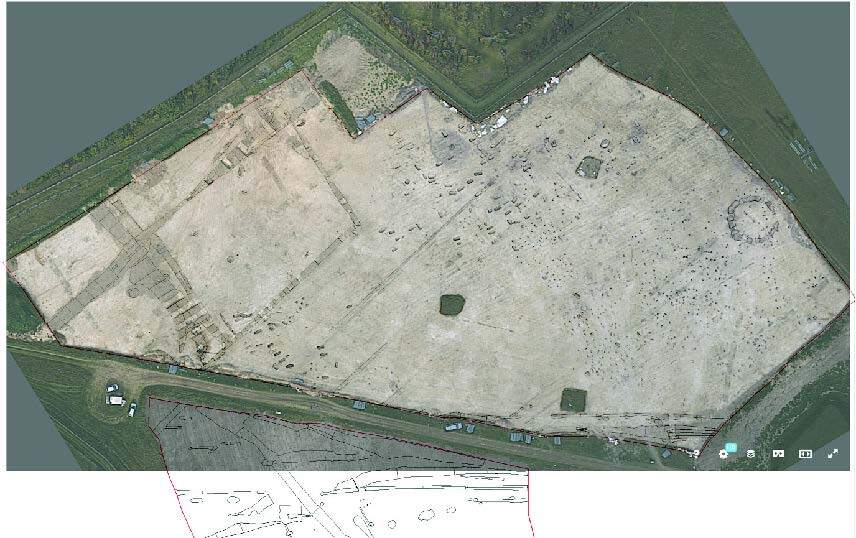The following is a blog written by Chloe Rushworth, who has recently completed a 4-week Voluntary Placement with the ADS. Chloe has been working with the Curatorial and Technical Team to investigate some new approaches to how we interact with data within the Archive. Below, she gives a run through on her huge contribution to creating a ‘Curated Collection’ collating data that relates to sites participating in Heritage Open Days. The aims of this project are for this collection to work as an educational tool, to both increase awareness and knowledge of the archaeological and historical importance of the sites that are taking part in the Heritage Open Days, and to show how the Archive can add to the experience of the Heritage Open Days themselves.
If you want to see the results, the Collection is now live. Over to Chloe!
We all know that time flies, but I could have never imagined how true this statement really was until we arrived here, the last day of my internship.
My name is Chloe and I am an Archaeology and Heritage student at the University of York going into my 3rd year. This summer I have channeled my love for digital archaeology into a placement with the ADS (Archaeology Data Service) which is based in the Department of Archaeology at Kings Manor.
For a University student used to leisurely starts, the prospect of starting work at 9:00am on a Monday morning was rather alien, however due to the current circumstances surrounding Covid-19, I never set foot in the office. Instead, the combination of a strong coffee, my bed and a warm Zoom greeting by all of the ADS team soon perked me up and I set about the day’s work with enthusiasm.
During my first week I was assigned the task of finding out if the ADS Library archives contained any documents about the sites taking part in the Heritage Open Days (HODs) festival in September. This seemed like a daunting task as when I first checked the website there were over 300 results, and this just kept on growing over the week.
Eventually I managed to make my way through them, creating a spreadsheet as I went which included all of the site names (both that the ADS had records of and which ones they didn’t for future reference). I listed all of the documents related to HODs sites along with the ADS DOI and all of the edits that I made to their listings. After this I classified the records, splitting them down into smaller sheets by site type: Abbeys and Churches, Houses and Halls, Parks and Gardens, Museums, Nature Reserves, Monuments, Mills and Factories, Miscellaneous Historic Buildings, Burials and Cemeteries and Trails.
My next task was to create a Google Map with pinpoints of all of the sites, including a brief description of the site, the references of the related ADS Library records, and their DOI links to the Library. The aim of this was for it to be a colourful and informative educational resource to accompany my data and I am really pleased with how it has turned out. There are a few gaps in places such as Birmingham and Peterborough, but there are still HODs events taking place in these areas. Perhaps it is something that the ADS will look into in the future to acquire some records from those areas for a more even distribution.
Throughout week 2, I spent a lot of time extracting images from the documents and converting them into TIF files.

This was a longer process than I anticipated because of the laptop I was using. Due to not being in the office, I didn’t have the softwares that they would usually use and the only application I had that supported TIF was Paint! Sadly, I couldn’t have one for every document since some didn’t contain images, and others were not really suitable as illustrative examples. In the end I chose 10 images, one per site type, to represent my data. To know which document they came from I also had to rename the images with the name of the paper they came from followed by their figure number.
Week 3 is where things got incredibly exciting! I was told that the data and map that I had created were going to be the basis of the first ADS ‘Curated Special Collection’… and that I was going to be involved in the making of this.
For the first few days I was doing admin tasks and tying up loose ends. I made sure that my map and spreadsheet were totally finished and then created the metadata for the images and documents so that they could be easily uploaded into the ADS Object Management database.
I was then given a Zoom tutorial with my supervisor Jenny O’Brien who walked me through how to add all of the details into the ‘behind the scenes’ parts of the collection, including adding myself as an author which was a highlight of course.
Once I had written the introduction and other pieces of text I wanted for the various pages of the collection, I had to learn the basics of HTML coding to add it onto the page and add paragraphs, the front page image and the interactive map that I made. The rest of the coding that needed to be done in order for the ‘downloads’ page to be set up, to display the categories in a table format with images and to show the various report links, was deeply out of my league, so was done by Teagan Zoldoske (another Archivist) and Jenny.
Teagan was incredibly helpful during this process, and not only allowed me to watch her code, but also walked me through what it all meant and all of the different types of software used in order for the ADS to run. She also showed me the entire archiving process including creating dissemination and preservation files (which I then had to do myself for the images).
The coding for the collection will be finished after my placement is over, so I spent my last day doing tasks within the ADS Library to get a feel of another area of the archiving process. I merged a couple of authors, meaning that the same author was in the database twice but now all of the papers have been changed to be under one name. I also managed to eliminate the allusive author ‘-ZZZ-’ and correct the papers with this listed author to the correct one which was very satisfying once completed.
All in all, it has been an incredibly rewarding experience for me, and also for the ADS I hope. I have learnt so many new things about the ADS as an organisation and become familiar with six new pieces of software in 4 short weeks. The skills and knowledge that I have gained from this internship is invaluable and will definitely be transferable to the jobs that I apply for once I graduate. I couldn’t recommend taking on volunteer work with the ADS more, and I sincerely hope that this opportunity is offered out again in the future.





